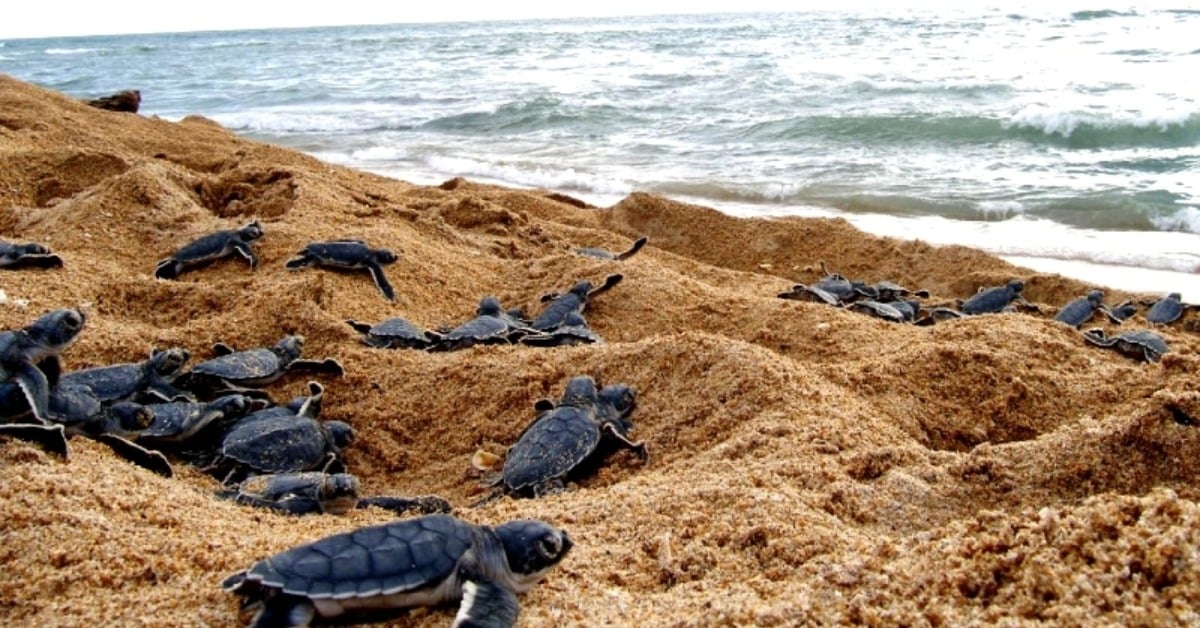UdeG sea turtle conservation program marks 40 years in Jalisco, aiming to release 544,000 hatchlings this season while tackling nest poaching and off-road vehicles . . .

UdeG sea turtle conservation program marks 40 years in Jalisco, aiming to release 544,000 hatchlings this season while tackling nest poaching and off-road vehicles . . .

